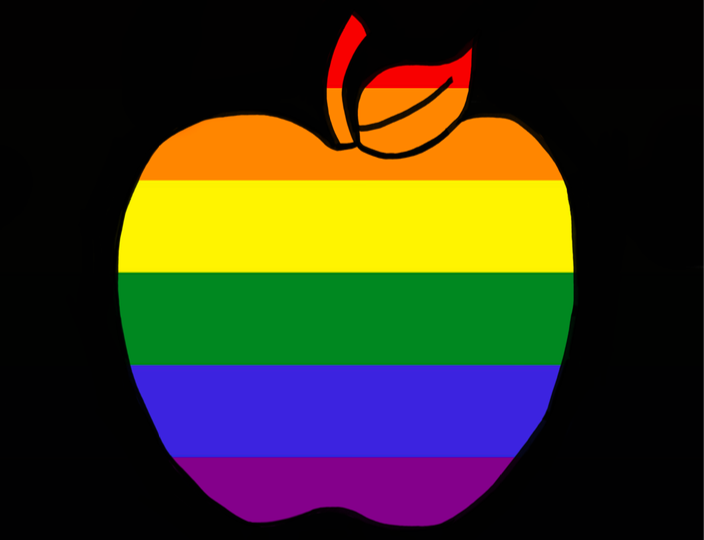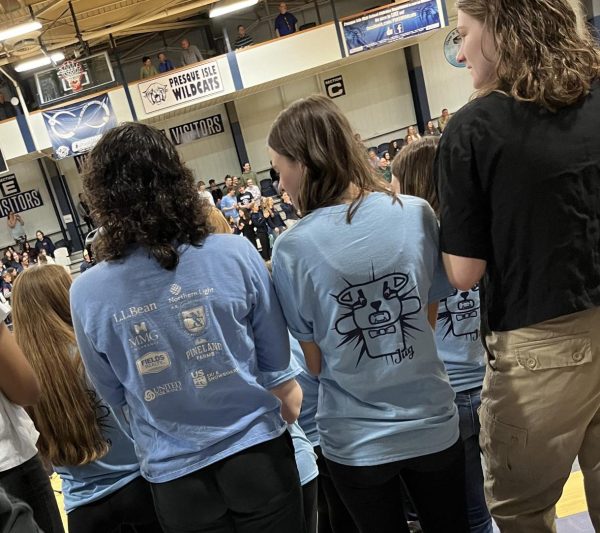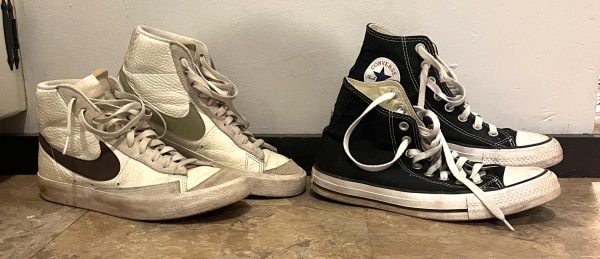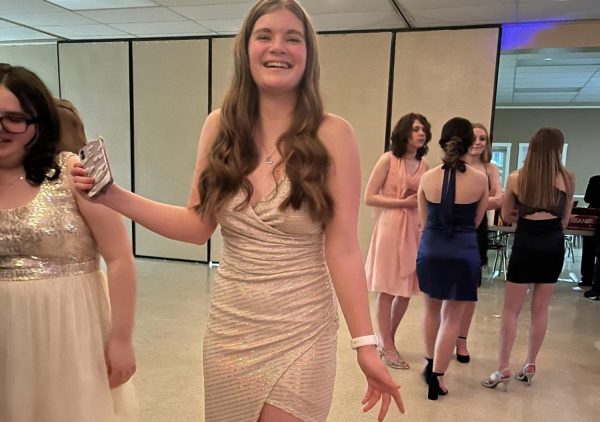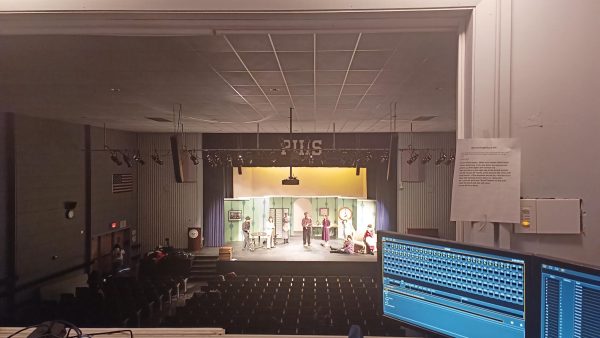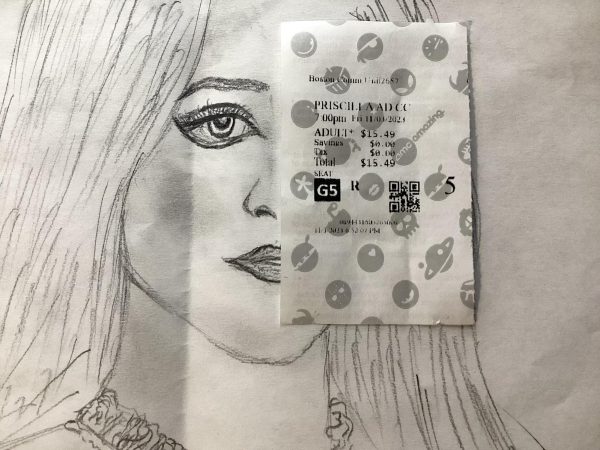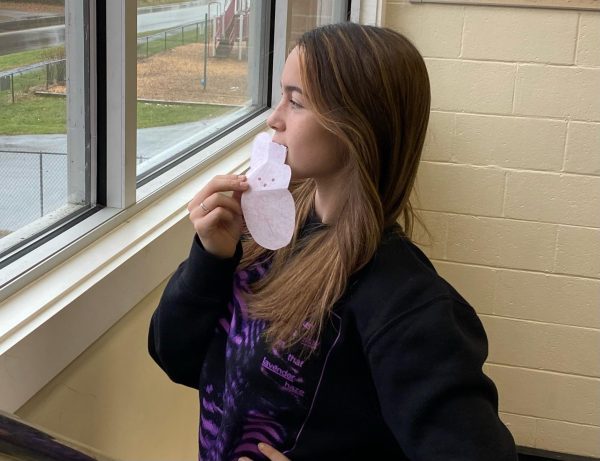Conversations with Caroline
Why LGBT Curriculum Should Be Taught in High School
LGBT students struggle to find their experiences reflected in the typical high school curriculum. School communities must ask themselves if they’re equipping these students with enough relevant information and educational materials.
September 13, 2020
In high school, every teen stresses about what their classmates think about them, whether it is how they dress or how they act. For LGBT students, the stress and anxiety can be even worse, because they feel as if they do not belong or that they are not safe. According to Education Week, “55.5 percent of LGBT students felt unsafe at school because of their sexual orientation, and 37.8 percent because of their gender expression.” Teaching LGBT curriculum could be the change we need to help decrease bullying and anxiety for these students.
There are many important LGBT people who have changed our world for the better. A few important people include Tammy Baldwin and Alan Turing. Tammy Baldwin was the first out woman to be elected to the US Senate. Alan Turing was a British mathematician and logician, who had major contributions to mathematics, cryptanalysis, logic, philosophy, and mathematical biology. He also contributed to the ideas now known as computer science, cognitive science, artificial intelligence, and artificial life. Because homosexuality was illegal in Britain at the time, Turing’s was punished with chemical castration, a series of hormone injections that gave him breasts. Shortly after the treatment, Turing committed suicide buy eating an apple infused with cyanide poisoning. These people became role models to others aspiring to advance in their respective fields, showing that it doesn’t matter what your sexual orientation is, you can still be successful. There are many things students can be taught about the LGBT community, even if it is not the main topic during a discussion or lesson.
Normalizing the LGBT community will help students feel comfortable with themselves and around others during school. Schools like California and New Jersey have required that LGBT curriculum be taught, especially during sexual education, in order to include representation. However, some states are completely against this idea. Alabama, Louisiana, Mississippi, Oklahoma, South Carolina, Arizona and Texas have what is known as the “no promo homo” laws, which prohibit lgbt+ curriculum to be taught in a positive way, if at all. After talking via email with Jennifer Bourassa, Curriculum Director for MSAD 1, I learned that the state of Maine does not have any specific curriculum on the LGBT community and history, although there are, “expectations woven into the curriculum that emphasize the importance of including the perspectives of various groups — women, Native Americans, Black, Latino, Asian, LGBTQ, persons with disabilities — anyone whose experiences are not commonly reflected in what is called the Western Canon.”
Even if schools are unable to teach students about LGBT history and sex education, there are still many ways we can show your support to help them feel comfortable in the classroom. One way is to post safe space signs. These signs can be made by the teacher and put up in the classroom to show that if a student needed someone to talk to or a place to escape bullying, they could go to that classroom. Another way to show support for LGBT students is to start an organization or club. An adult could teach the students about gender transitions, different parts of the LGBT and safe sex. This could provide students a safe place to talk about their struggles in school and at home. It could also be a confidential place for any students who are in the closet who need support from their peers.
As time moves forward, normalizing the LGBT community in schools is important. There needs to be more representation for LGBT students so that they feel a part of their community. For more information, check out https://www.cdc.gov/lgbthealth/youth-resources.htm.

